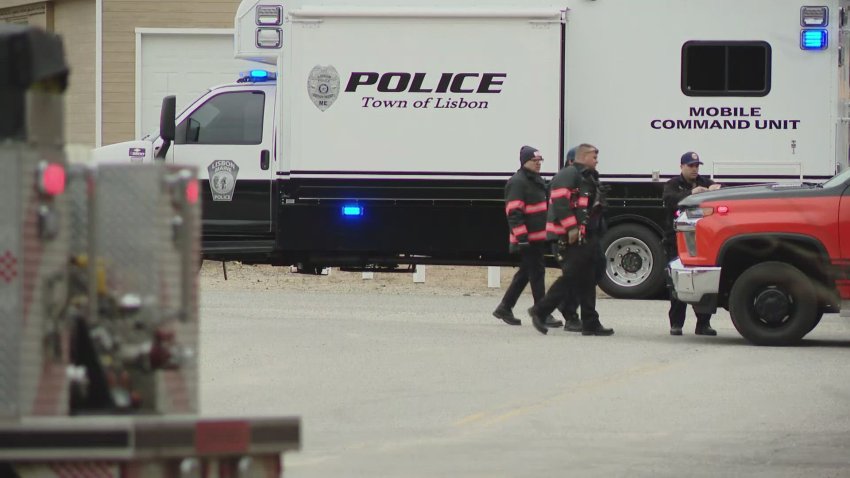

The Latest
-

Will this rain move out in time for the Red Sox' home opener at Fenway?
Some warmer days are ahead for Boston — but what will the weather look like for the Red Sox’ home opener on Friday?
-

The Yankees' viral ‘torpedo' bats were designed by an MIT physicist: ‘At the end of the day it's about the batter, not the bat,' he says
Aaron Leanhardt was a physics professor at the University of Michigan before he left academia for baseball.
-

Pastrnak's superstar play shouldn't get lost in Bruins' awful season
David Pastrnak is still playing at an MVP level despite the Bruins’ underwhelming season.
-

Man's body recovered from Merrimack River, DA says
Authorities are investigating after a man’s body was found floating in the Merrimack River on Wednesday night. The Essex District Attorney’s Office said Lawrence police received a call shortly after 6:30 p.m. from a resident of the 50 Island Streeet Apartments who has a view of the Merrimack River. The caller said they believed a person... -

Jaylen shares update on knee injury, how he plans to manage pain
Jaylen Brown detailed how he’s dealing with a nagging knee injury that caused him some pain during the Celtics’ loss to the Heat on Wednesday.
-

‘We deserve this': Mayor Wu celebrates White Stadium renovation legal victory
Boston Mayor Michelle Wu will speak Thursday in celebration of what she called a “historic” court victory that will allow the renovation of White Stadium to continue.
-

Gov. Healey seeking $756M for ‘time-sensitive deficiencies' in budget
Gov. Maura Healey said the bill includes “targeted investments that improve quality of life in Massachusetts” like supporting health care, child care and veteran benefits
-

Food delivery apps will now be required to have permits in Boston
Apps like GrubHub or Uber Eats are about to see stricter regulations in Boston.
-

Karen Read case: Latest updates as jury selection continues
Seven jurors have now been seated in the second murder trial of Karen Read, significant progress no one expected to be made after just two days of jury selection.
-

Wait to the last minute on your tax return? Here are some tips.
Federal and state returns must be filed by the April 15 deadline. If you’re dreading doing your taxes, you’re not alone.
-

‘Casual cruelty': Reaction in Mass. to Trump's $106M cut to K-12 school funding
Leaders at the local, state and federal level have been sounding off since the Trump administration announced plans to recover $2 billion in pandemic-era education funds









